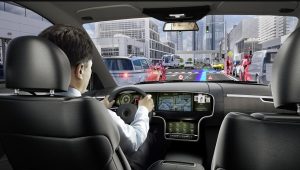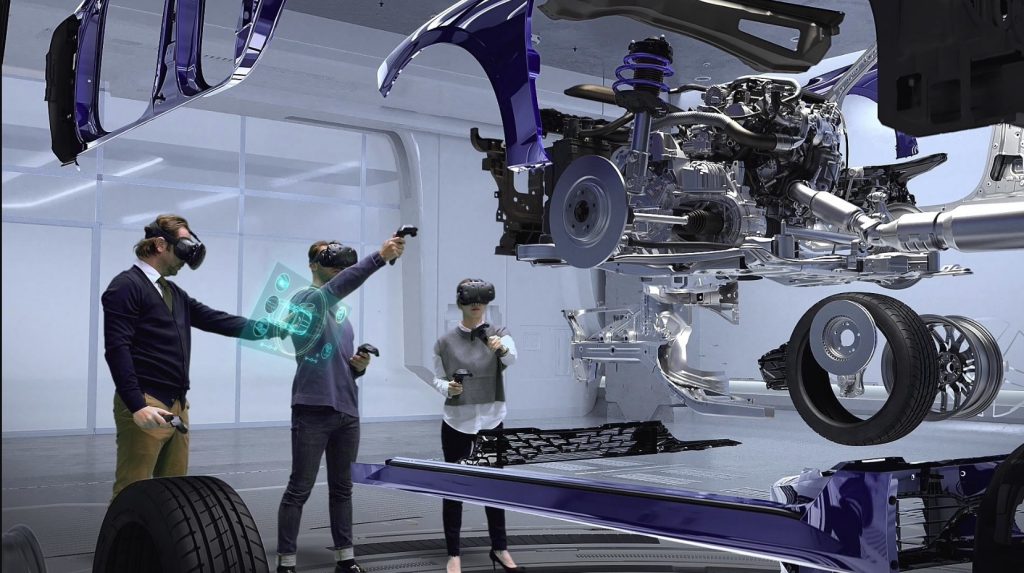Virtual and augmented reality: VR and AR technologies can be used in the automotive industry to develop advanced navigation and driver training systems, as well as to create more realistic virtual experiences in the car.
VR and AR technologies can be used in the automotive industry to create advanced navigation systems. For example, virtual reality technology can provide drivers with a more realistic road environment, allowing them to see and interact with virtual objects such as other vehicles, pedestrians and road signs. This allows drivers to make more informed decisions on the road and improves safety.

AR technology can also be used to train drivers. For example, augmented reality can be used to create driving simulators in which drivers can practice different scenarios, such as parking or driving on difficult roads, without putting themselves or others at risk. This can help novice drivers improve their driving skills and confidence.
In addition, VR and AR technologies can create more realistic and immersive virtual experiences in the car. For example, virtual reality technology allows passengers to travel through virtual locations and experience unique visual and acoustic effects during the journey. This can make the passenger journey more interesting and varied.
Overall, VR and AR technologies can improve the driver and passenger experience, improve road safety and create new opportunities for innovation in the automotive industry.
Which automakers have implemented these technologies?
Many automakers are already using VR and AR technology in their cars. For example, Audi uses AR technology in its navigation system to display route information directly on the windshield; BMW also uses AR technology for virtual driving simulation and parking assistance.

Tesla is incorporating VR technology into the design and development of vehicles. It allows engineers to create virtual models and test various components and systems before they are physically implemented.
In addition to car manufacturers such as Audi, BMW and Tesla, there are companies developing VR and AR technologies for the automotive industry, such as WayRay and Hororide. wayRay has developed an augmented reality head-up display that displays traffic and navigation information directly on the windshield of the car. The company has developed.
These are just a few examples of how vehicle manufacturers and companies are using VR and AR technology in the automotive sector. As these technologies evolve, more and more companies are expected to use them to improve driver and passenger comfort.
Which model?
This document does not identify specific vehicle models that use VR and AR technology. However, Audi, BMW, and Tesla have integrated these technologies into their cars, so it is assumed that these may be different models from these manufacturers.

